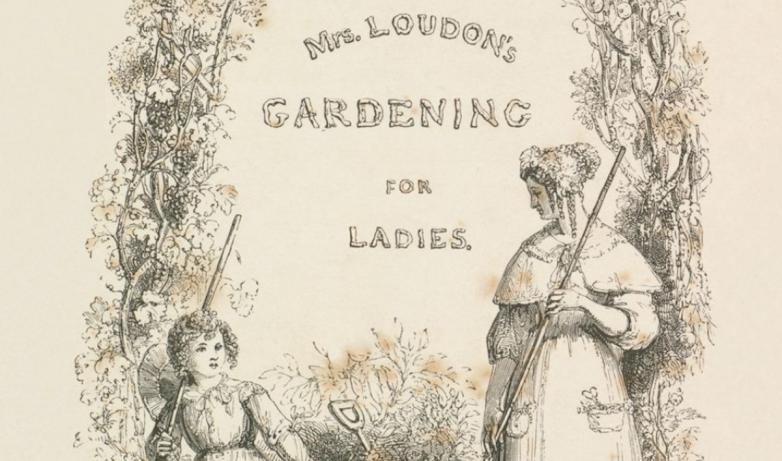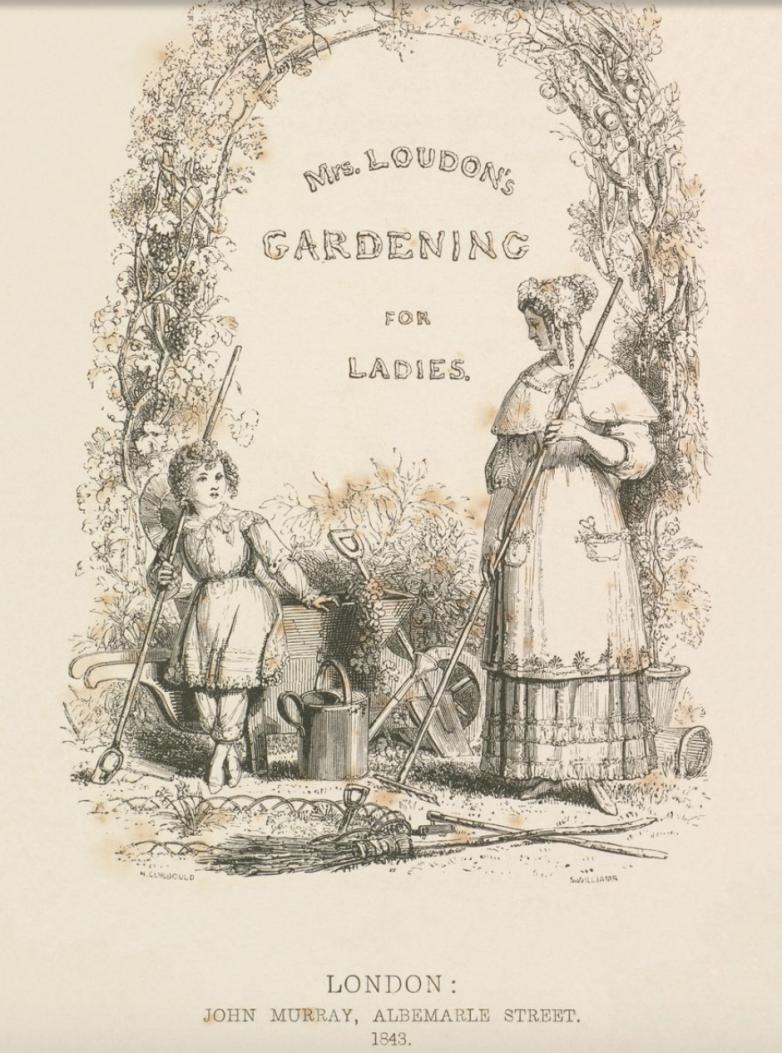RHS Hilltop will offer better facilities for researchers and displays for the public. Its official 2021 opening has obviously not been quite what the RHS envisioned, but meanwhile the charity has opened a well-illustrated online-only exhibition featuring a dozen important gardening manuals from its archives, Gardening by the Book: A history of gardening in 12 books. Among them are Thomas Hill’s ca. 1558 Profitable Arte of Gardening, which the RHS describes as the first dedicated gardening manual to be published in English; Hill wished to make horticultural knowledge more widely available “for the commoditie of many.” From the eighteenth century, the RHS has plucked Philip Miller’s Gardeners Dictionary (1731), which took a scientifically detailed approach to the subject – including plants introduced into Britain from the Americas – and London-based Thomas Fairchild’s The City Gardener (1722), the earliest guide to urban gardening.
The later choices happily include female gardeners and writers. An early practical guide for women was The Ladies Flower Garden by Jane Wells Loudon in 1840 which offered practical advice to female gardeners rather than the often condescending ‘guidance’ suggested by male authors.

















